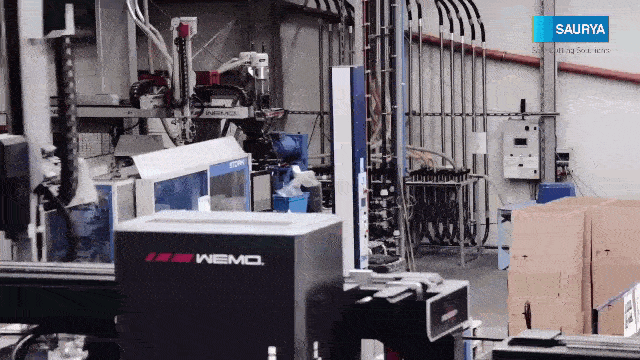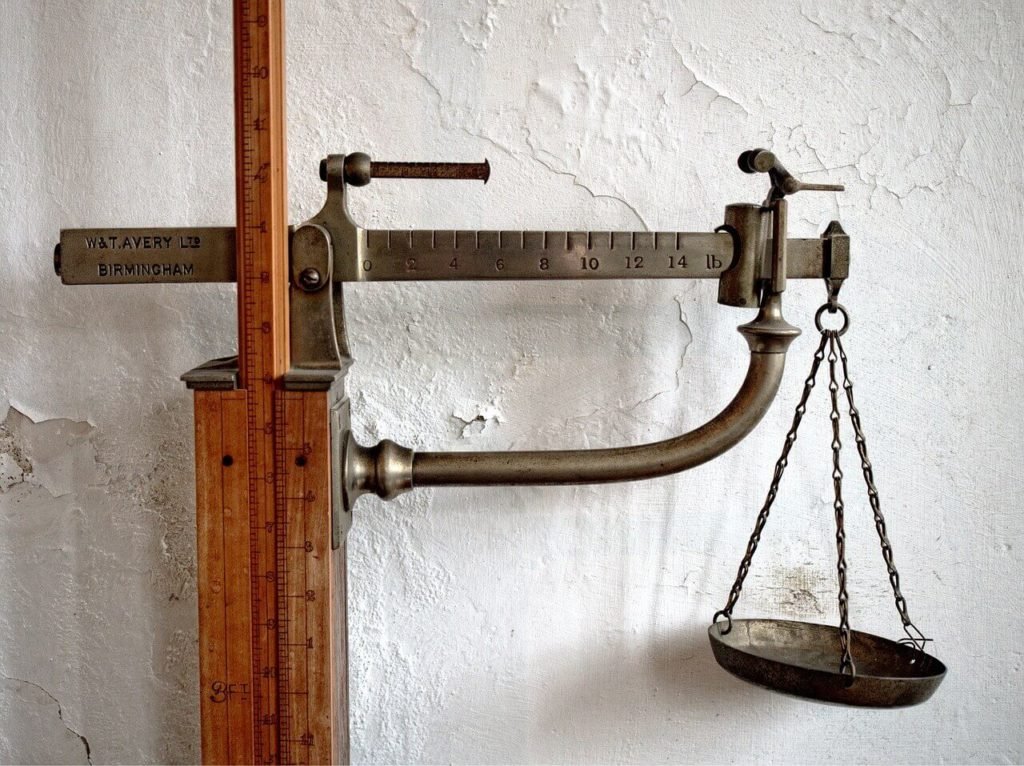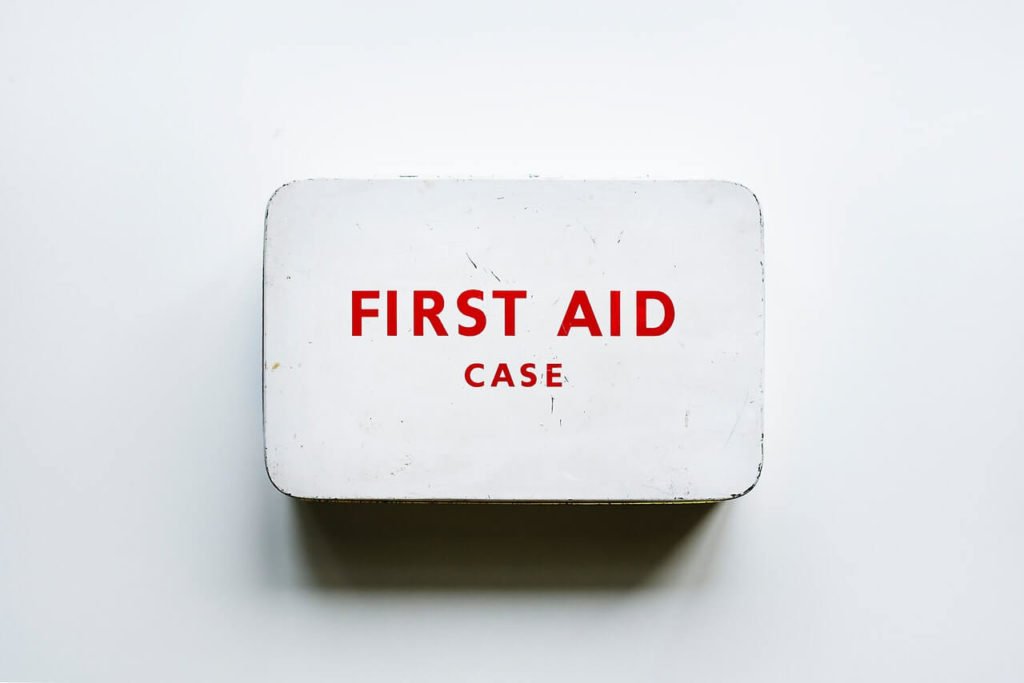
Safety first is safety always.
Every industry requires a prioritised sense of, and action towards, safety. Certain industries must focus on ergonomic safety even more due to the occupational hazards they offer. Industries like construction, oil and gas, pharmaceuticals, FMCG, logistics, paint, automobile (and more) work with heavy equipment on a daily basis, which increases the risk of injuries manifold.
As per the ILO, currently, more than 374 million people are injured or made ill every year through work-related accidents. It is estimated that workdays lost to OSH related causes represent almost 4% of global GDP, in some countries as much as 6%. According to the report, more than 50% of injuries go unreported.
Major Safety Challenges in the Industry:
1. The industries are fast-paced
Most of the industries like the ones mentioned above are fast-paced and require quick progress of the bulk work. Be it cutting open casing, removing strapping bands, removing box covers, scraping stickers or making window cuts; all these tasks are performed with sharp tools and must be done fast.

2. Outdated/unsafe tools & equipment
The tools and equipment used in industries are often outdated and unsafe. The tools do not match up to the basic requirements of being effective, sturdy, safe and comfortable to use. Even if the tools are of good quality, they are overused to the point that they become a harmful personal weapon.
3. Precision is demanded, but the tools cannot provide it

These industries need sharp, safe tools, which are customised for each task undertaken. Without such tools, precision is compromised which leads to putting more effort into a task, decreasing efficiency and productivity, and eventually neglecting safety. Such tools disturb the fast-paced work environment; in order to keep up with the speed, one ends up compromising safety.
4. Occupational health & safety is not prioritised
Often, the nature of work is prioritised over a worker’s safety. There are three main reasons for this:
- Availability of manpower: The high unemployment level of in India provides for labour at low wages, where safety can be comfortably compromised.
- Strict budgets: Limited budgets for purchasing the latest tools and maintaining the existing ones leads to a higher risk of safety.
- No awareness of occupational hazards and safety solutions available: Most companies are not aware of the severity of the workplace environment and the option of safety tools available for their work.
5. Injuries go unreported
In spite of injuries being very common and prominent in these industries, they often go unreported. Cuts and wounds are considered to be a usual activity, which do not need any special attention. However, one must keep in mind that it could be minor cuts for ten people, but could be fatal for one. Workplace injuries have human costs.

Because of the above reasons, injuries are very common in such industrial workplaces. In this situation, one must know what to do in case of an injury, especially cuts and lacerations, which are highly likely while using cutters and blades. Often times, a first aid kit is not readily available. It is at this time that one must know how to handle the wound.
“Factory accidents are common” say doctors in trauma care. “Machine-cut and crush injuries to limbs are quite common in factory workers. We do get such cases and many require surgery to repair the damage.”
The first step to safety in case of cuts and lacerations:

- Stop the bleeding by applying pressure to the wounded area. It is critical that the blood loss be stopped instantly.
- Clean the area, and apply a sterile bandage.
- If the bleeding does not stop, visit a doctor immediately. Consult for any stitches that may be needed. In case of immense pain, pain relief medications may need to be administered.
- Get a Tetanus vaccine since the equipment may have infected the wound.
Even a first aid can be avoided by prioritising safety in all the right ways

It’s simple: If cutters are safe, productivity and efficiency will increase, and occupational accidents will be minimised. Adopt a safe cutting tool, that meets the criteria that it should. Cutters should be safe to use, and designed keeping the safety of users in mind. They must have break-resistant blades, and also be versatile and comfortable, improving productivity.
Safety brings first aid to the uninjured.
With Saurya Safety, go beyond the basics. Explore their range of Martor Safety Cutters with the latest technology:
→ Secumax: It provides SecuMAX’IMUM’ safety as it comes with a concealed blade that protects from cut injuries whilst cleverly protecting your goods.
→ Secupro: It provides Secu’PRO’ level safety as it comes with fully automatic blade retraction that retracts automatically as soon as blade leaves the material, without you having to do anything.
→ Secunorm: It provides SecuNORM’AL’ level safety as it comes with automatic blade retraction the blade will disappear into the handle the moment it loses contact with the material being cut.
The beginning of a satisfactory and safe workplace is by expressing and having a thoughtful approach to industrial safety. When you take a deeper interest in order to eliminate as many barriers as possible, this instills a strong purpose and great value in your as well as the organisation’s safety initiatives. You create an environment where people will actually want to work and grow.


